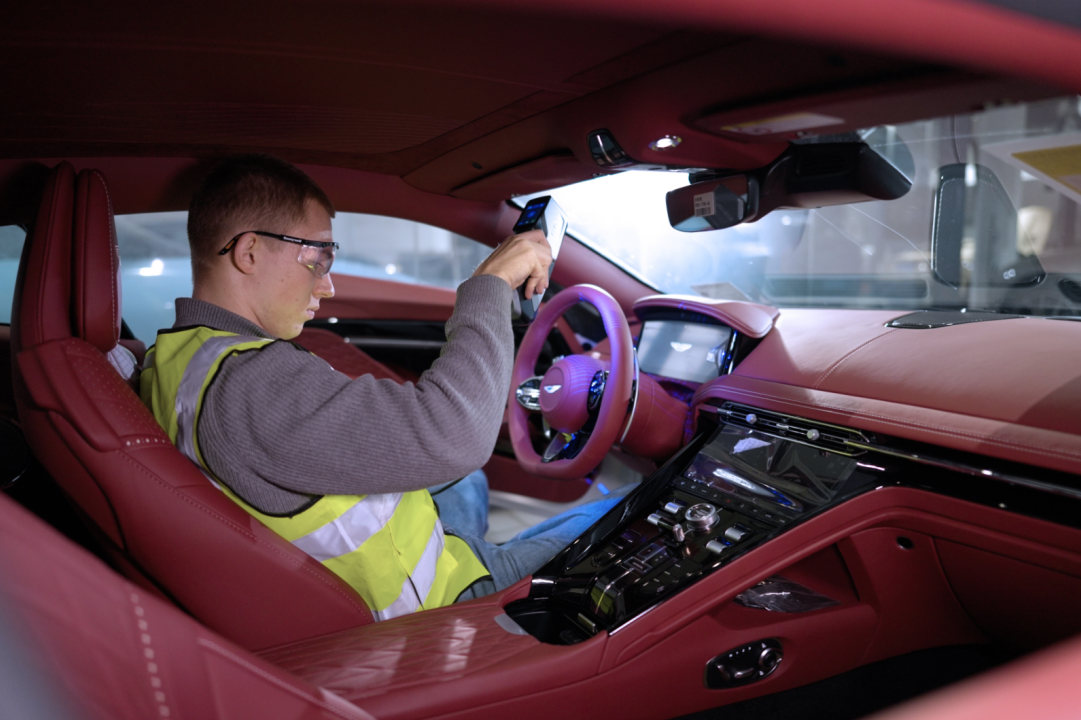Comparing Photogrammetry with 3D Scanning to Produce a 3D Model
03/05/25
The debate between photogrammetry and 3D scanning is important in the rapidly changing field of digital modeling for professionals who want to produce accurate 3D model scans. Both techniques have their own advantages and applications, making them indispensable tools in a variety of industries. By knowing the differences between 3D scanned models created using these techniques, businesses can choose the best technology for their projects.

3D model scans have become foundational in modern digitization. Our 3D model scans allow businesses to create precise digital replicas of physical objects, whether they are industrial parts, cultural artifacts, or intricate designs. High-quality 3D scanned models provide a reliable basis for further analysis, design, or preservation. Companies like 3DeVOK specialize in delivering these models for diverse sectors, including manufacturing, healthcare, and heritage conservation. For instance, capturing the intricate details of historical artifacts or the precise dimensions of mechanical components can be achieved through effective scanning techniques.
Understanding Laser Scanning 3D Modeling
When discussing laser scanning 3D modeling, this technology stands out for its ability to capture complex geometries quickly and accurately. Laser scanning uses laser beams to generate highly detailed 3D scanned models, making it particularly effective for applications such as reverse engineering, quality control, and virtual reality. The precision of laser scanning is invaluable in industries such as aerospace, automotive, and architecture. For example, creating a digital replica of intricate structures like the Maitreya Buddha requires both accuracy and scalability, and laser scanning technology excels in providing these attributes.
How Laser Scanning Works
Laser scanning involves emitting laser beams toward an object and measuring the time it takes for the light to return. This information is then used to create a 3D point cloud, which can be processed into a detailed model. The advantages of laser scanning include the ability to capture fine details and the speed at which data can be collected, making it suitable for large-scale projects.
Photogrammetry: A Complementary Approach
Photogrammetry, on the other hand, uses photographs taken from multiple angles to reconstruct a 3D model. This technique can be less precise than laser scanning, especially for intricate details, but it excels in capturing color and texture. Photogrammetry is often more accessible, requiring only a camera and suitable software, making it a popular choice for smaller projects, artistic endeavors, or areas where budgets are limited.
The Photogrammetry Process
In photogrammetry, multiple images are taken around the object of interest. Software then analyzes these images to identify common points and reconstruct the 3D model based on the triangulation of these points. This method can create visually rich models that are particularly beneficial in fields like gaming, film, and cultural heritage documentation.
Applications Across Industries
The applications of 3D model scans and 3D scanned models are broad and diverse. In manufacturing, these technologies facilitate precise replication of parts and components, which is crucial for maintaining quality standards. In healthcare, 3D scanned models are used to create custom prosthetics and implants tailored to individual patients, significantly improving outcomes.
Cultural heritage projects also benefit from these technologies, as they provide methods for preserving and sharing artifacts. For example, the Great Wall board can be accurately documented and replicated through laser scanning 3D modeling, ensuring that its intricate details are maintained for future generations. By adopting both photogrammetry and laser scanning, businesses can enhance their workflows and achieve unprecedented levels of accuracy.
Conclusion
In conclusion, both photogrammetry and laser scanning 3D modeling are essential techniques for creating effective 3D model scans. Each method has its strengths and is suitable for different applications. While laser scanning is excellent in precision and detail, photogrammetry offers a more accessible and visually rich alternative. Companies like 3DeVOK are at the forefront of these technologies, providing solutions that empower businesses to capture, analyze, and utilize 3D data efficiently. By understanding the strengths of each method, businesses can choose the right approach to meet their specific needs, ensuring the success of their projects in an increasingly digital world. Choose 3DeVOK and explore how 3D scanned models and 3D model scans can transform your workflows and enhance your capabilities today.
Related Articles
View Our Product





